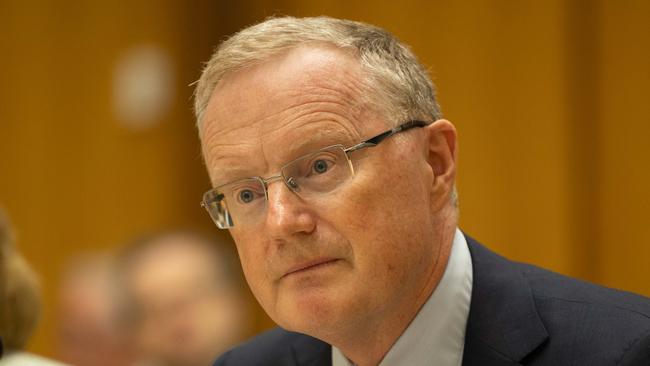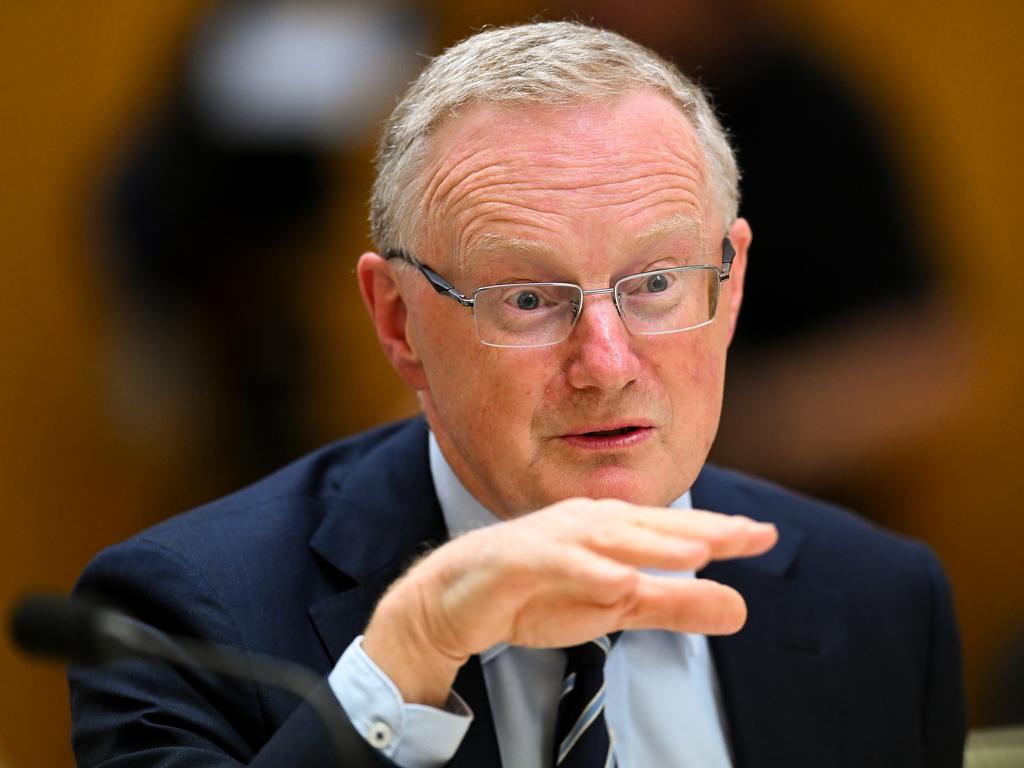
Then, all bets were off. And now, with further rate rises looming, the millions of Australians who took the message seriously – and put their money where the RBA’s mouth was – may well wonder if the bank’s governance arrangements are quite right.
At the heart of those arrangements, which are being examined in a review due to report next month, is the RBA’s independence: that is, the bank’s freedom to determine how it will achieve the inflation target set out in the government’s Statement on the Conduct of Monetary Policy.
That independence has it benefits; the question is whether it has been accompanied by the accountability the exercise of great public powers demands.
First put in place by treasurer Peter Costello in 1996, the delegation to the RBA of control over the substance, if not the objectives, of monetary policy formed part of a worldwide reaction to the “great inflation” that began in the early 1970s.
Almost everywhere, ending that outbreak proved enormously costly in terms of slow growth and high unemployment; one of the lessons drawn from the experience was the importance of decisively tightening monetary policy as soon as inflationary pressures emerged.
Ensuring price stability therefore required the determination to “take the punch bowl away just when the party is getting going”, in the memorable phrase of William McChesney Martin, who chaired the US Federal Reserve Board from 1951 to 1970.
But politicians seemed likely to baulk at lifting rates at the very first sign of rising prices. Far better then to shift that responsibility to the central bank, which could wear the opprobrium without fearing an electoral backlash.
Transferring responsibility would not only quell inflationary pressures; it would also bolster public confidence in price stability, dampening expectations of future price rises.
That would reduce the “inflation premium” built into pricing and wage-setting decisions, decreasing the likelihood of inflationary spirals getting under way.
Central bank independence was consequently hailed as a free lunch: the credible threat of a decisive response would prevent inflation occurring, so avoiding the costs of clamping down.
Little wonder then that governments worldwide delegated the conduct of monetary policy to their central bank, in a rush to “inflation targeting” that began with New Zealand and Chile in 1989. But as so often happens, scant attention was paid to history.
After all, central bank independence was hardly a new idea. Already in 1873, English polymath Walter Bagehot – who regarded the newly enfranchised working class as “narrow-minded and unintelligent” – had proposed it as a way of protecting “sound money” from meddling by “chance majorities and untrained rulers”.
Enthusiastically adopted by Montagu Norman – the vastly influential governor of the Bank of England from 1920 to 1944 who shared Bagehot’s dislike of democratic politics – central bank independence became an article of faith in the economic chaos that followed World War I. Endorsed by the League of Nations in 1922, it was imposed on the defeated powers, as well as on the growing number of countries that sought international financial assistance.
Yet it soon became apparent that it was no panacea. To begin with, despite Norman’s boundless confidence in the capacity of hand-picked “specialists in financial disease” to administer “the appropriate treatment”, central bankers proved neither omniscient nor omnipotent.
Nowhere was that clearer than in Weimar Germany, where the newly independent central bank, facing a fiscal disaster, underwrote soaring budget deficits, helping to unleash a ruinous hyper-inflation.
And as the world slid into depression, the errors accumulated, with the US Federal Reserve’s adamant refusal to act in the 1930-32 banking panics being only the most famous example.
Additional difficulties emerged after World War II, when the problem arose of coordinating monetary and fiscal policy. Even in Germany, where the allies once again insisted on central bank independence, the importance of policy coordination led to the inclusion in the Bundesbank’s charter of a statutory obligation to “support the government’s overall economic policy” – an obligation the Bundesbank scrupulously observed in subsequent decades.
But that obligation, and similar requirements elsewhere, naturally vanished as central banks regained their independence. Norman blithely assumed that independence would “strengthen the bank’s hand in exerting influence on the government to pursue a policy of financial prudence”, promoting fiscal rectitude. Ignored was the possibility that governments, once freed of political responsibility for interest rate rises, would be even more spendthrift, creating inflationary pressures monetary policy could not realistically control.
Far from being solved, all those issues remain acute. Entirely unsurprisingly, central banks still err, sometimes grievously. No less importantly, they also still make decisions that stretch their political legitimacy to its utmost limits.
Thus, the inflation target was meant to tightly constrain the RBA’s discretion and ensure its accountability: in practice it did neither, as the target fell very far short of carefully defining the goals the bank was expected to pursue.
As a result, the RBA could, without breaching its target, fuel unprecedented asset price rises, increasing inequality, distorting housing markets and creating the danger of a meltdown as interest rates returned to more normal levels.
To make things worse, while its officials freelanced on issues that seemed remote from the bank’s core duties, such as climate change, there were no mechanisms in place to effectively monitor whether the RBA discharged those core duties satisfactorily.
For example, it was not subject to periodic, transparent and independent reviews of its performance; yet that performance was becoming increasingly hard to assess as it utilised ever more instruments in pursuit of ever more objectives. It was, in other words, answerable, in that it sought to explain its decisions, but not genuinely accountable, for its far-reaching powers.
None of that implies the RBA bears undivided responsibility for today’s inflation: there is no doubt that adverse supply shocks and high levels of deficit spending have played an important role, just as it was the beneficial shocks associated with globalisation, micro-economic reform and fiscal consolidation – rather than any magic arising from central bank independence – that accounted for the inflation rate’s precipitous decline in the 1990s.
But while good monetary policy is not an assured road to paradise, poor monetary policy remains a guaranteed highway to hell. And if recent experience shows anything, it is that the RBA, to ensure price stability, needs the legitimacy and credibility that come from having clear, carefully specified objectives, sticking to those objectives, and being not just answerable but accountable for outcomes.
Whether the current review will satisfactorily address those conditions remains to be seen. What is certain is that until they are met, the RBA may hit the target but it will continue to miss the point.








First, the governor of the Reserve Bank promised that rock-bottom interest rates were here to stay. Sure, the fine print contained more caveats than a Microsoft licence; but even without saying “read my lips”, Philip Lowe’s message could not have been clearer.